QuestionI found a YBS a little over 2 months ago. I brought it inside to show my wife. It was a new hatchling silver dollar size. She fell in love with it. We read up and found out that 1 in 100 make it to an adult. So we kept it. $ 325.00 later the turtle is happy & healthy. I was reading an answer about feeding from you. We have been feeding the Turtle (Mr. T) all he wants to eat in 5 minutes.
3 times a day. Mostly shrimp & pellets & we keep green leaf plants in there for him. He is always ready to eat. He has grown almost 50 % since I found him, very active in his aquarium (40 gal) + outside basking room. Having said all that, Are we hurting him with all the food?
Thanks, this is a great site
AnswerHi Ken,
Yes, cut back on the food. Growing too fast is very unhealthy for them, and can lead to shell deformities, among other things. In the wild, they grow very slowly. Hatchlings grow fastest in the first year, but even then a year old YBS shouldn't be more than about 3" long. Cut feedings to once a day. A decent rule of thumb is to feed an amount roughly the size of the turtle's head. Keep in mind that turtles are ectotherms (cold blooded), so they don't need to expend as much energy maintaining their metabolism and so require far less food than we do. Try to feed more variety as well.
In the future, it is best to leave wild turtles in the wild. It's true that only about 1% of hatchlings survive to adulthood, but that's why they have so many eggs per clutch. Removing hatchlings from the wild reduces the overall species survival rate, and North American turtle populations are being decimated due to habitat loss and collection for the pet and food trades. I know your heart was in the right place, but it's important to think about the survival of the species overall. Once a wild turtle has been kept in captivity, it cannot be returned to the wild because of the risk of introducing foreign pathogens to the native population. So now that you have the little guy, enjoy him for the next 20 or so years! And as he grows, be sure to move him into a larger tank. An adult YBS should have about a 100 gallon tank (as you now know, keeping turtles properly isn't cheap!).
If you have further questions, please ask, and good luck.

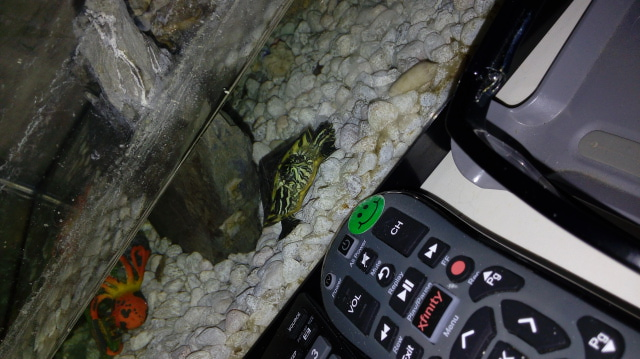 Yellow Bellied Slider Turtle
QuestionQUESTION: I got a baby Yellow Bellied slider tu
Yellow Bellied Slider Turtle
QuestionQUESTION: I got a baby Yellow Bellied slider tu
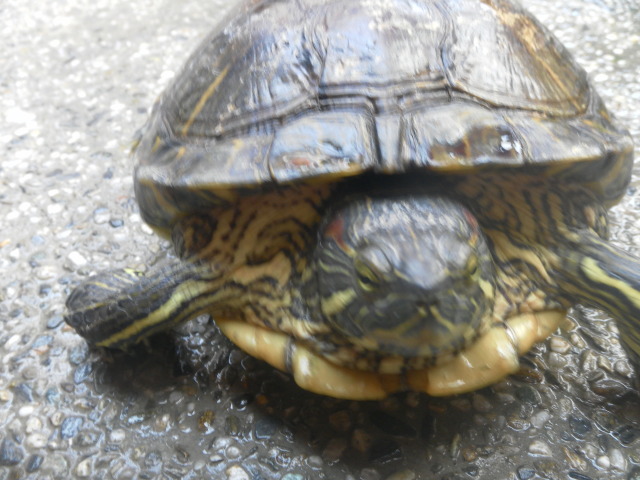 abnormal feces/ lesions
QuestionQUESTION: Hi!I have a red-eared slider, female.
abnormal feces/ lesions
QuestionQUESTION: Hi!I have a red-eared slider, female.
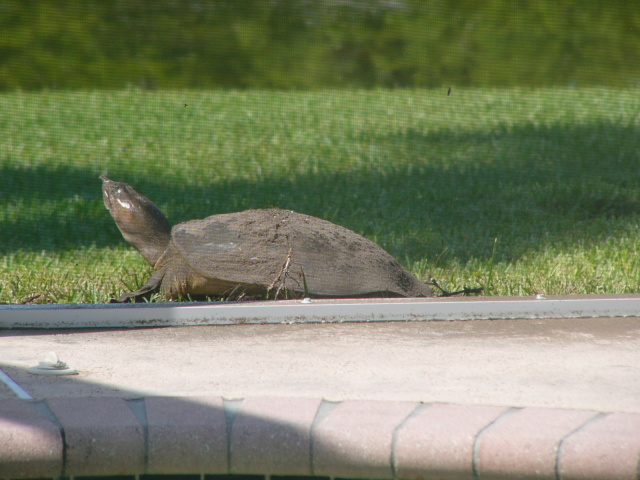 Softshell turtle nest
Question
Softshell nesting
Hi,
Just an hour ago, I have
Softshell turtle nest
Question
Softshell nesting
Hi,
Just an hour ago, I have
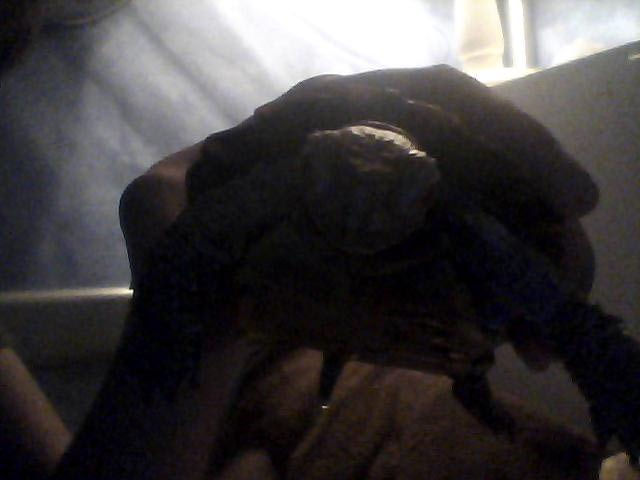 Eyes and Aim
Question
Bowseta
I have a female viatnamiese bla
Eyes and Aim
Question
Bowseta
I have a female viatnamiese bla
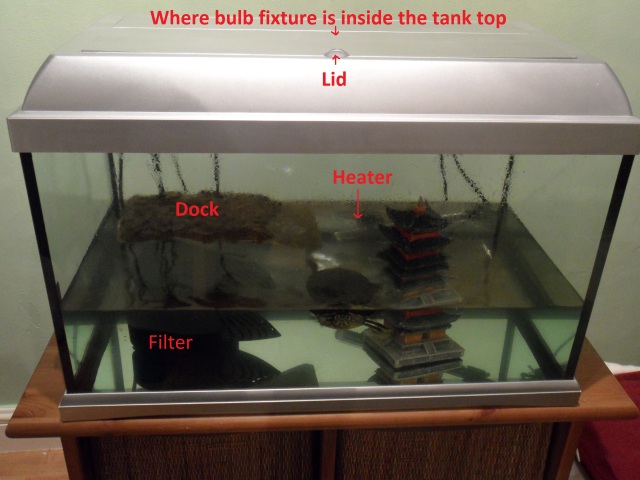 General terrapin supplies
Question
My terrapins tank
Hi, I just need some
General terrapin supplies
Question
My terrapins tank
Hi, I just need some